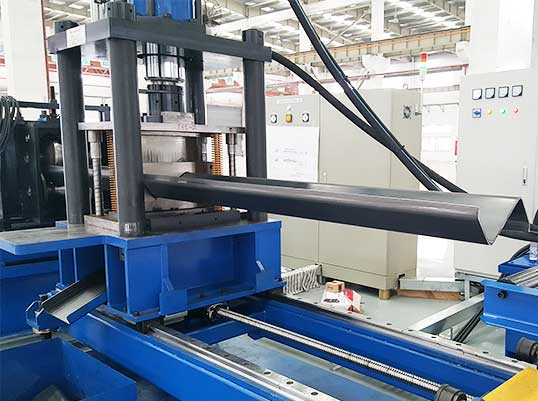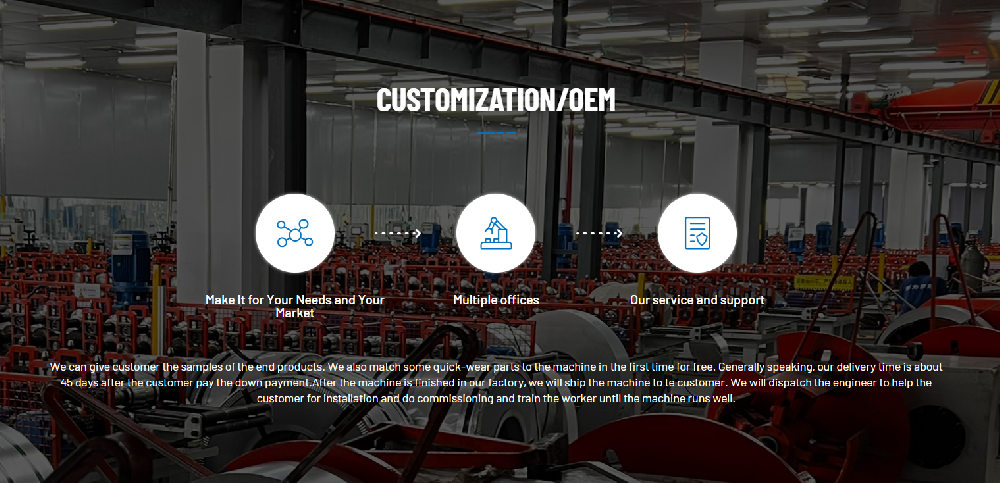Navigation Menu
Contact Us
- Email:
- info@wxavatar.com
- Address:
- Yurong Village, Yuqi Street, Huishan District, Wuxi, China.
Release Date:May 23, 2025 Visit:50 Source:Roll Forming Machine Factory
Solar stand roll forming has emerged as a versatile manufacturing process for producing metal components used in solar mounting systems. This specialized technique involves continuously bending long strips of metal through a series of rollers to create precise profiles with consistent cross-sections. As the solar industry continues to expand, the demand for customized mounting solutions has grown significantly, prompting manufacturers to explore efficient production methods like roll forming.

The Advantages of Roll Forming for Solar Stand Production
Roll forming offers several benefits for manufacturing solar mounting components:
Precision and Consistency: The process creates uniform profiles with tight tolerances, ensuring reliable performance across all produced parts.
Material Efficiency: Roll forming minimizes material waste compared to traditional cutting methods, making it a cost-effective solution.
Design Flexibility: Manufacturers can create custom profiles to meet specific project requirements without significant tooling changes.
Production Speed: Continuous processing allows for high-volume output, helping meet large-scale project demands.
Customization Capabilities in Solar Stand Manufacturing
Solar stand roll forming excels in providing tailored solutions for diverse installation scenarios:
Adaptable Profiles: Engineers can design specific shapes to accommodate different terrain types, from flat rooftops to sloped ground installations.
Material Options: The process works with various metals, including galvanized steel, aluminum, and coated materials, allowing selection based on environmental conditions.
Length Variations: Roll formed solar stands can be produced in custom lengths to suit specific array layouts without requiring field modifications.
Meeting Industry Requirements with Roll Formed Solutions
Solar mounting systems must meet several critical requirements that roll forming can address effectively:
Structural Integrity: The continuous forming process creates strong, durable components capable of withstanding environmental stresses.
Compatibility: Roll formed stands can be designed to integrate seamlessly with different panel types and racking systems.
Installation Efficiency: Pre-formed components reduce on-site assembly time, lowering overall project costs.
Quality Considerations in Roll Formed Solar Stands
To ensure reliable performance, manufacturers implement several quality control measures:
Dimensional accuracy checks throughout production
Material testing for strength and durability
Surface treatment verification for corrosion resistance
Load capacity validation for various installation conditions
The Future of Solar Stand Production
As solar energy adoption grows, roll forming technology continues to evolve to meet changing market needs. Advancements in automation and design software are enabling even greater customization capabilities while maintaining production efficiency. This positions solar stand roll forming as a sustainable solution for the industry's expanding requirements.

Conclusion
Solar stand roll forming has demonstrated its ability to provide customized mounting solutions that meet the diverse needs of solar installations. With its combination of precision, efficiency, and flexibility, this manufacturing method offers a reliable approach to producing high-quality solar mounting components. As project specifications become more varied and demanding, roll forming stands ready to deliver tailored solutions that support the continued growth of solar energy infrastructure.